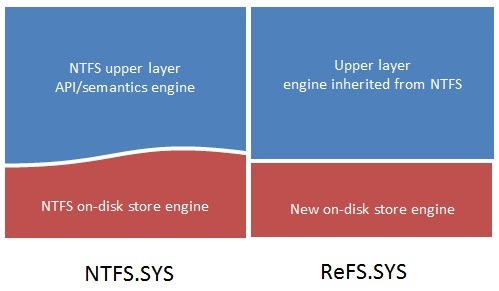
ReFS features ^Īccording to Microsoft, the following represent the chief design goals of ReFS:īackward compatibility. NOTE: Because this blog post covers features included in the Windows Server 2012 Release Candidate, this information is subject to change upon the final release of Windows Server 2012. We’ll discuss more of both of these aspects later on in this review. It seems to me that Microsoft designed ReFS to grow with trends in storage technology as well as to complement its new Storage Spaces server feature. If NTFS is such as wonderful file system, then why did Microsoft develop the Resilient File System (ReFS) that is available in Windows Server 8 Beta? (Incidentally, I will refer to Windows Server 8 as Windows Server 2012 henceforth due to Microsoft’s formal adoption of that product name.) The way I describe NTFS to students is that “NTFS enables us to unlock the complete feature set of Windows Server.”




 0 kommentar(er)
0 kommentar(er)
